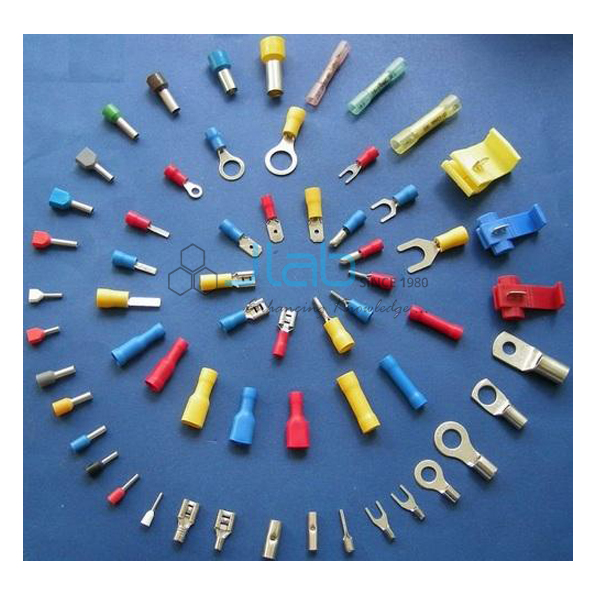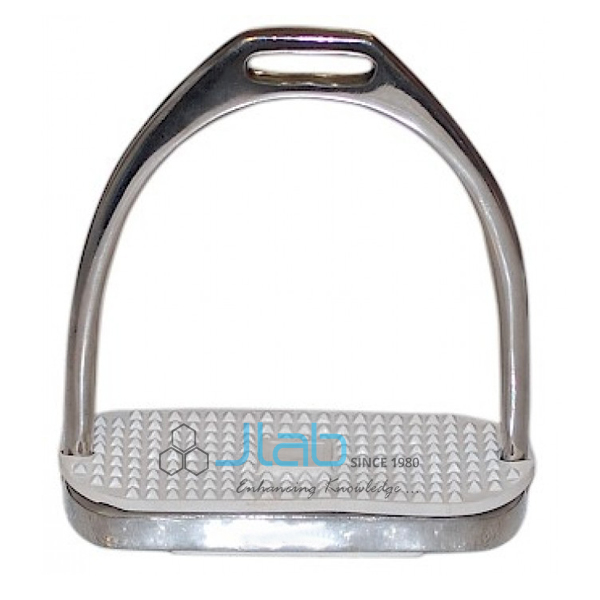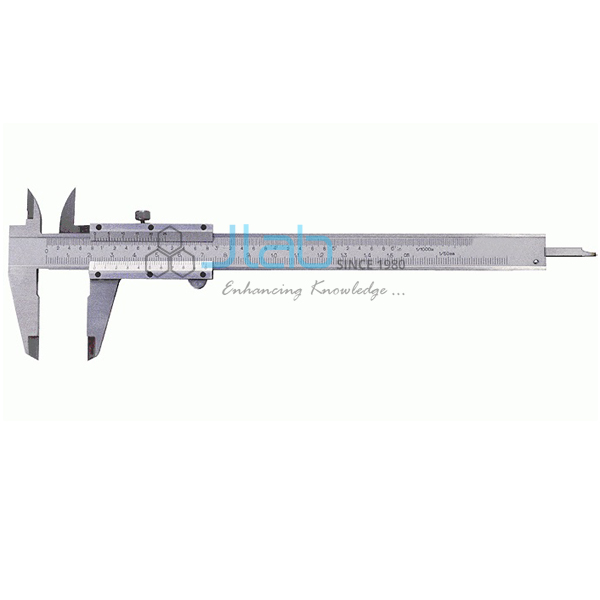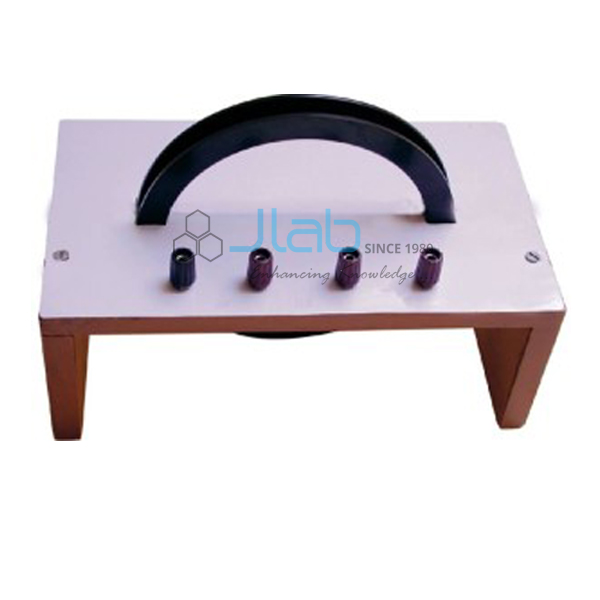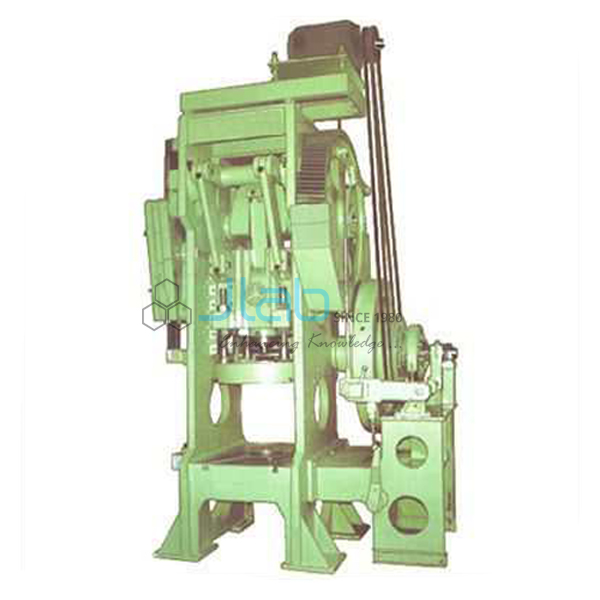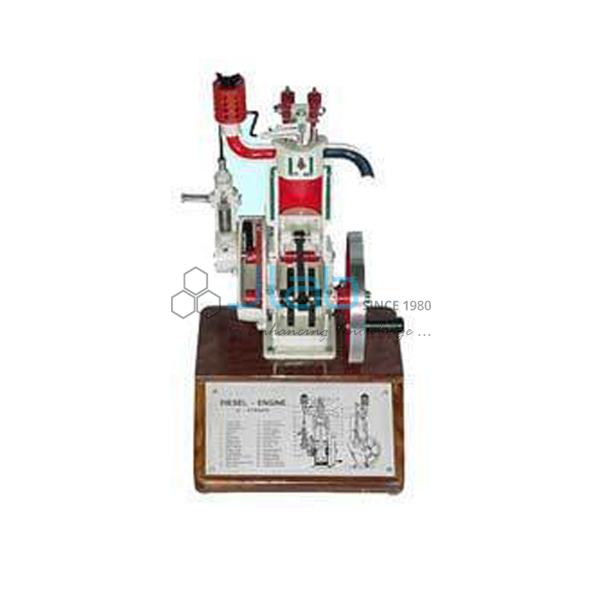Crank and Connecting Rod Manufacturer,Supplier and Exporter in India
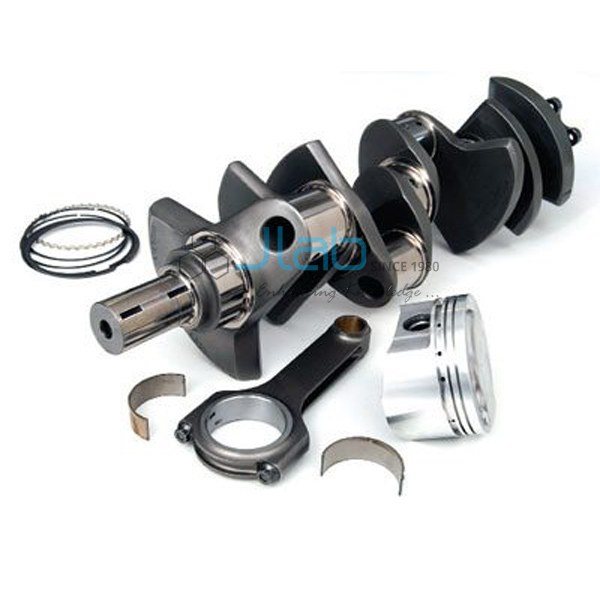
Product Code : JL-PLE-4188
Jlab Export is a leading Crank and Connecting Rod Manufacturer,and suppliers in Africa, Crank and Connecting Rod Uruguay (Montevideo), Crank and Connecting Rod Uzbekistan (Tashkent), Crank and Connecting Rod Venezuela (Caracas), Crank and Connecting Rod Vietnam (Hanoi), Crank and Connecting Rod Yemen (Sana'a), Crank and Connecting Rod Zambia (Lusaka), Zimbabwe (Harare), Eswatini (Mbabane) (Lobamba), Ethiopia (Addis Ababa), Fiji (Suva), Gabon (Libreville), Gambia (Banjul), Georgia (Tbilisi), Ghana (Accra), India (Delhi, Mumbai, Kolkatta, Chennai), Indonesia (Jakarta), Iraq (Baghdad), Ivory Coast (Yamoussoukro), Jamaica (Kingston), Jordan (Amman), Kazakhstan (Astana), Kenya (Nairobi), Kiribati (Tarawa), Kosovo (Pristina), Kuwait (Kuwait City), Kyrgyzstan (Bishkek), Laos (Vientiane), Latvia (Riga), Lebanon (Beirut), Lesotho (Maseru), Liberia (Monrovia), Libya (Tripoli), Lithuania (Vilnuis), Luxembourg (Luxembourg), Malawi (Lilongwe), Malaysia (Federal Territory of Kuala Lumpur), Maldives (Malle), Mali (Federal Territory of Kuala Lumpur), Malta (Male), Mauritania (Nouakchott), Mauritius (Port Louis), Mexico (Mexico City), Mongolia (Ulaanbaatar), Bulgaria (Sofia), Burkina Faso (Ouagadougou), Burundi (Gitega), Cambodia (Phnom Penh), Cameroon (Yaoundé), Cape Verde (Praia), Central African Republic (Bangui), Chad (N'Djamena), Chile (Santiago), Colombia (Bogota), Comoros (Moroni), Congo (Kinshasa), Costa Rica (San José), Croatia (Zagreb), Cuba (Havana), Cyprus (Nicosia), Czech Republic (Prague), Denmark (Copenhagen) ,Djibouti (Djibouti City), Dominican Republic (Santo Domingo), DR Congo (Kinshasa), Ecuador (Quito), Egypt (Cairo), El Salvador (San Salvador), Equatorial Guinea (Malabo), Eritrea (Asmara), Estonia (Tallinn)


